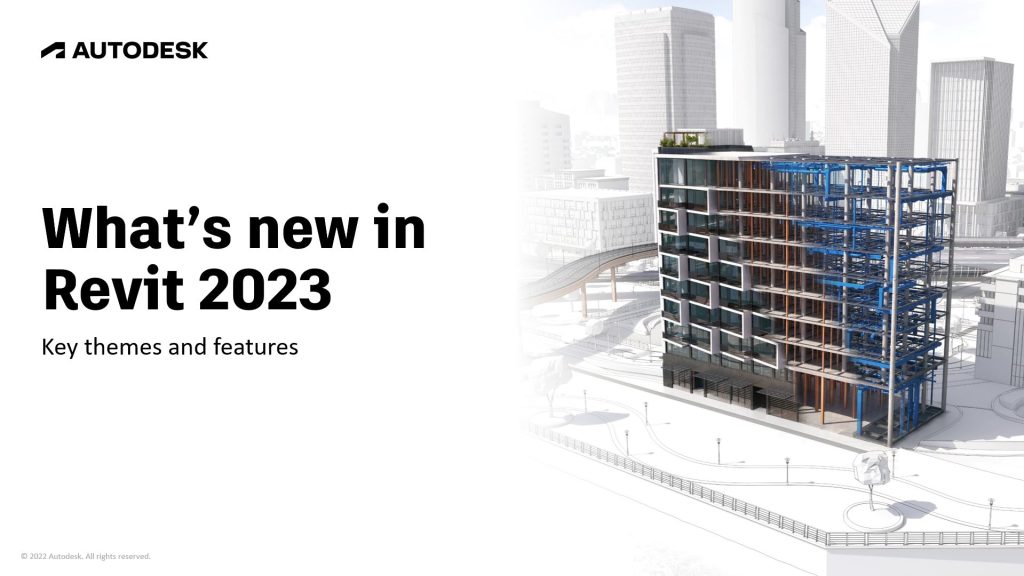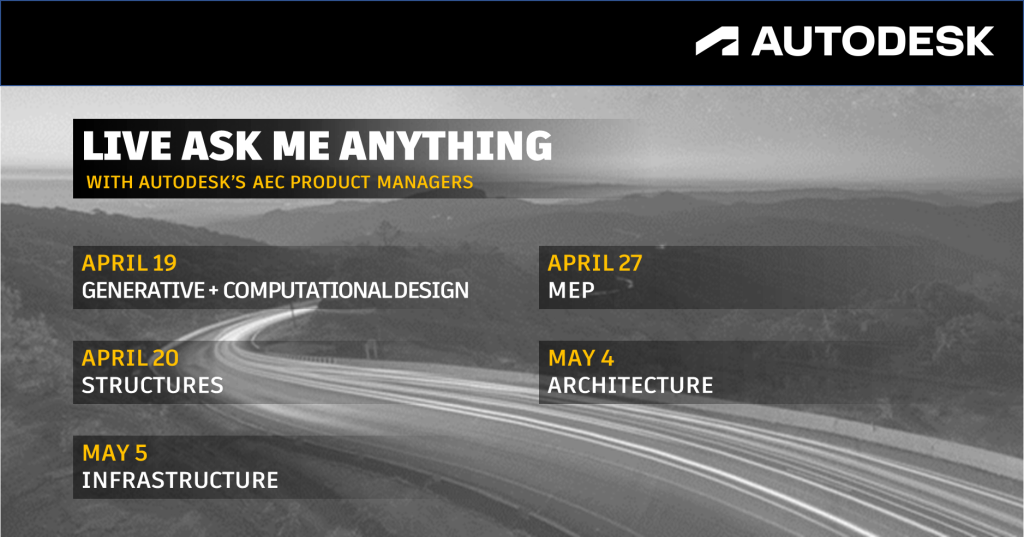& Construction

Integrated BIM tools, including Revit, AutoCAD, and Civil 3D
& Manufacturing

Professional CAD/CAM tools built on Inventor and AutoCAD
3 min read
Revit 2023 introduces a new data management and automation capability to Autodesk AEC Collection subscribers.
The Revit to Microsoft Power Automate workflow connects Revit data to the ecosystem of Microsoft workplace and productivity apps. In this post, we introduce the workflow, posit some of its intended uses and benefits for AEC project teams, and point to some resources for getting started building your own custom automations.
What is Power Automate?
Power Automate is a low-code process automation platform that connects and streamlines workflows between apps and services you likely already use everyday. You can use it to automate your everyday tasks, such as file synchronization, collecting and sharing data, or sending email updates and notifications. Many industries leverage Power Automate to connect and automate business processes, and now, its power to connect data to developer ecosystems is coming to Revit and the AEC industry.
“We’re excited to partner with Autodesk to help AEC project teams connect their design data to business processes. There’s a huge opportunity for customers to not only automate mundane tasks, but also share data more easily, so more time is spent on the creative work giving shape to our environments.”
– Per Mikkelsen, Principal Group Program Manager, Microsoft
What will you automate?
There are many ways you can use Power Automate to put your design data to work. For example, you can build a flow in Power Automate to update an Excel spreadsheet when a change to a door element occurs on a Level in your Revit model. Or send an automated weekly reporting via Outlook, Teams, or Slack, capturing changes in the ceiling cavity across a floor or an entire building. You can build triggers to refresh Power BI project health and performance dashboards, allowing you to securely share data with business stakeholders.
With hundreds of apps and thousands of developers, not to mention an estimated billion Microsoft users worldwide: the Revit to Power Automate workflow empowers Virtual Design and Construction (VDC) managers, BIM managers, and project teams to construct data flows, triggers, and transactions that improve how teams, projects, and businesses operate.
What you need to create a Data Exchange
To get started connecting Revit data to Power Automate, you will need:
What to know about the workflow
Stay tuned to the Revit blog for more updates!



Revit 2023 Release Notes.
Read the full release notes on the Autodesk Knowledge Network.
Revit Forum.
Have a question about Revit? Take it to the Revit Forum and let the community of Revit users help you sort it out.
Revit Ideas.
Have an idea for making Revit better? Go to Revit Ideas to find, post, and vote for the things you want to see in new versions of Revit.
Revit Public Roadmap.
See what’s new and what’s in the pipeline with the Revit Public Roadmap, updated with each major release of Revit.
Revit Preview Access.
Want to see what’s coming in Revit? Sign up for Revit Preview access and give us feedback on new features in Revit before they are released.
By clicking subscribe, I agree to receive the AEC newsletter and acknowledge the Autodesk Privacy Statement.
Success!
May we collect and use your data?
Learn more about the Third Party Services we use and our Privacy Statement.May we collect and use your data to tailor your experience?
Explore the benefits of a customized experience by managing your privacy settings for this site or visit our Privacy Statement to learn more about your options.